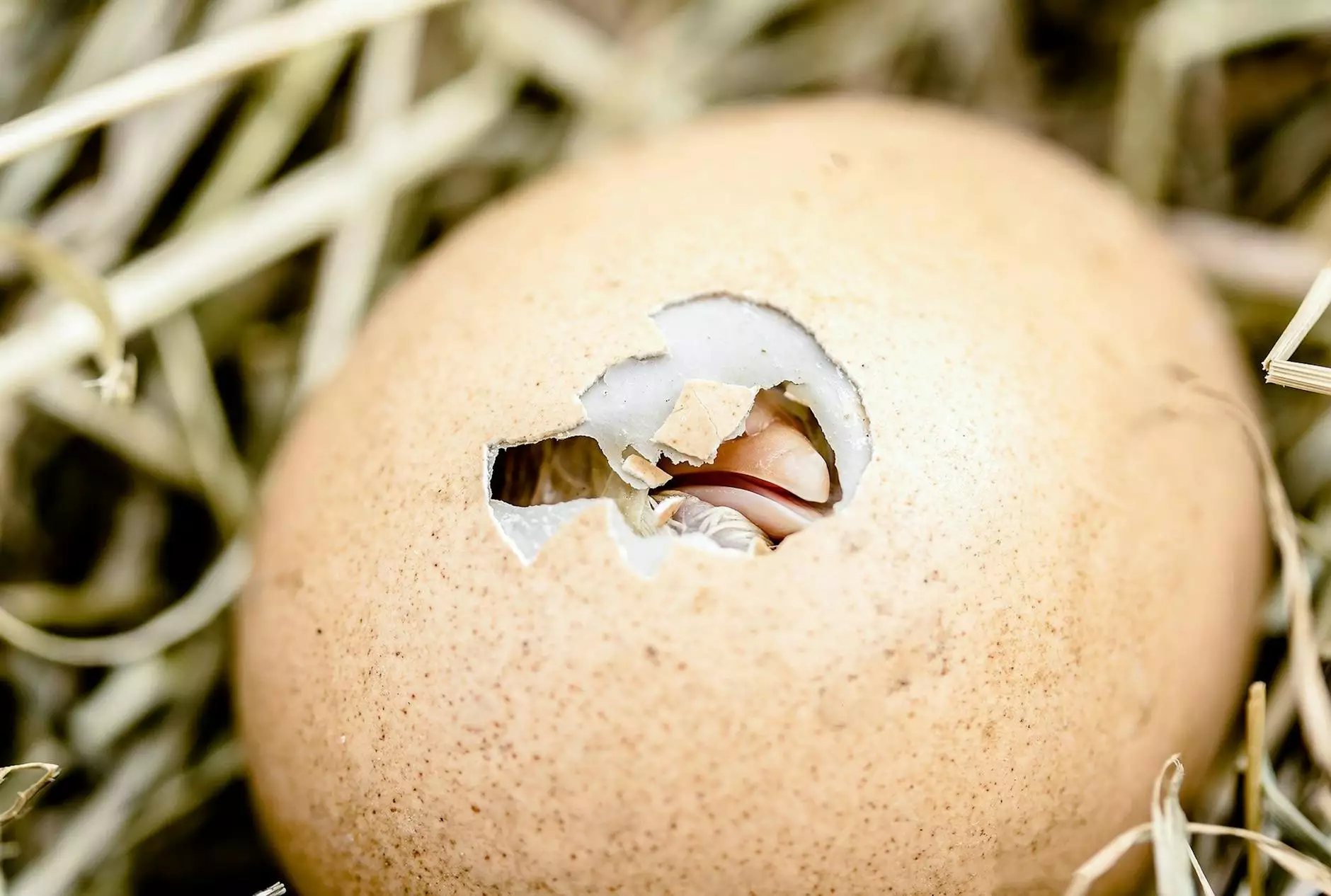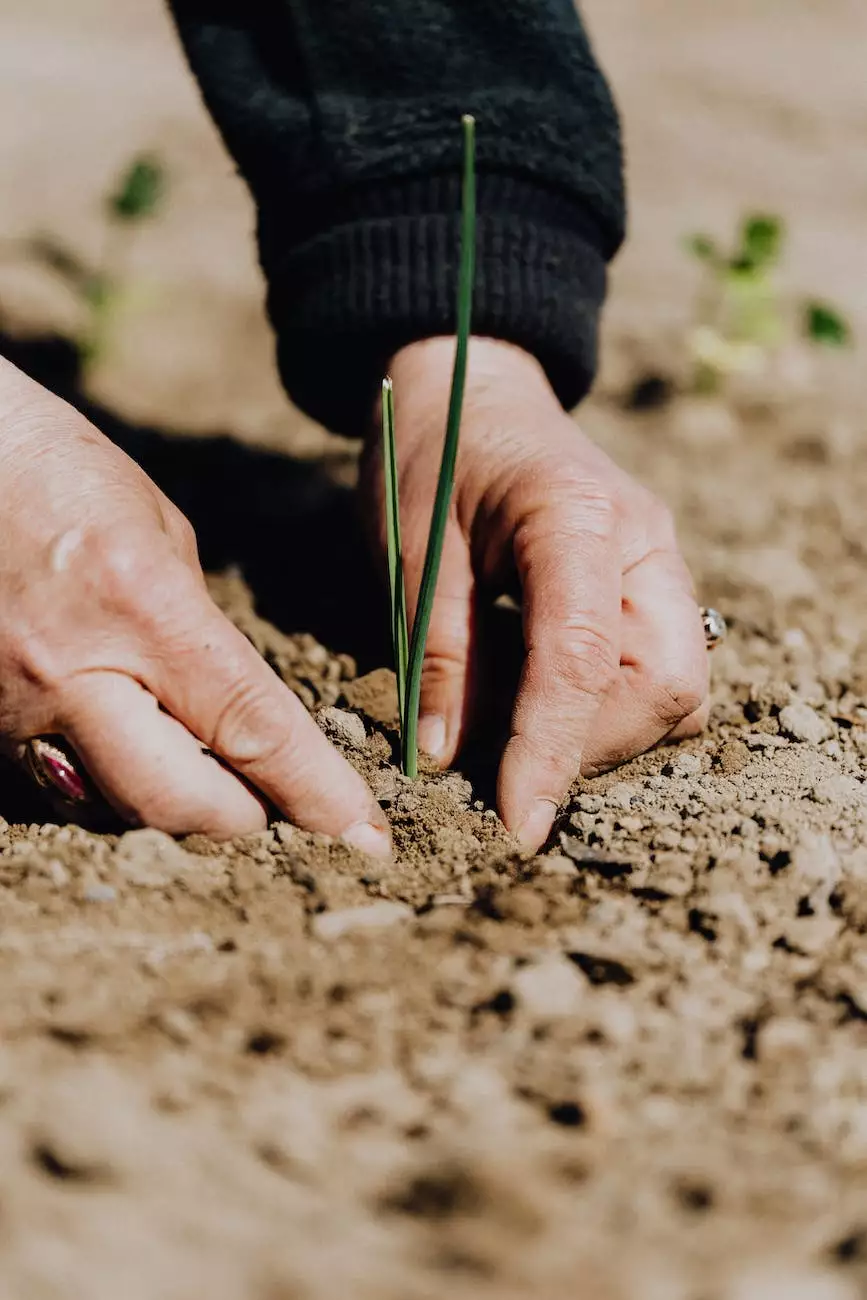Basics of Incubating Eggs
About
Introduction to Egg Incubation
Welcome to Pollen Bank's comprehensive guide on the basics of incubating eggs. If you're interested in hatching your own eggs, whether for poultry or other purposes, this guide will provide you with all the essential information you need to know.
The Importance of Proper Egg Incubation
Incubating eggs is a critical process that requires careful attention and proper techniques. By providing the right conditions for egg development, you can increase the chances of successful hatching and healthy chicks. Whether you're a beginner or an experienced breeder, understanding the fundamentals of egg incubation is essential for achieving consistent and desirable results.
Choosing the Right Eggs for Incubation
The quality of the eggs you select for incubation plays a significant role in the outcome. Look for eggs from healthy and productive adult birds with desirable traits. Avoid eggs with cracks, deformities, or those that are too small or too large. Collect eggs promptly and handle them gently to prevent damage to the delicate embryos inside.
Preparing the Incubator
Before placing the eggs in the incubator, it is crucial to prepare the equipment properly. Clean and disinfect the incubator to eliminate any potential bacteria or contaminants that can harm the developing embryos. Ensure the temperature and humidity levels are set according to the specific requirements of the species you're incubating. Proper calibration of the incubator is vital for a successful hatch.
Temperature and Humidity Control
Maintaining the right temperature and humidity levels within the incubator is crucial for egg development. Different species have different temperature and humidity requirements, so it's important to research and follow the guidelines specific to the eggs you're incubating. Regularly monitor and adjust the temperature and humidity to ensure ideal conditions throughout the incubation period.
Managing Egg Rotation
Eggs need to be rotated regularly during incubation to prevent the embryos from sticking to the shell. This process mimics the natural movement of eggs by the broody hen. Gentle and careful rotation is necessary to ensure the healthy development of the embryos. However, make sure not to rotate the eggs during the last few days of incubation, as this can disrupt the hatch process.
Candling the Eggs
Candling is a technique used to examine the development of embryos inside the eggs. By holding the eggs against a bright light source, you can observe the growth and movement of the embryos. This helps identify any potential issues such as infertility or early embryonic mortality. Regular candling at specific intervals during incubation provides valuable insights into the progress of the eggs.
Final Stages and Hatching
As the incubation period nears its end, the eggs will enter the final stages of development. The embryos will position themselves for hatching, and you may notice increased activity within the eggs. It's crucial to avoid disturbing the eggs during this period and let nature take its course. Gradually reduce the humidity levels to create conditions conducive to hatching.
Conclusion
Incubating eggs requires careful planning, attention to detail, and adherence to specific guidelines. By following the basics outlined in this guide, you can increase your chances of successful hatching and raising healthy chicks. Remember, each species may have unique requirements, so always consult species-specific resources and experienced breeders to enhance your knowledge and skills in egg incubation.









